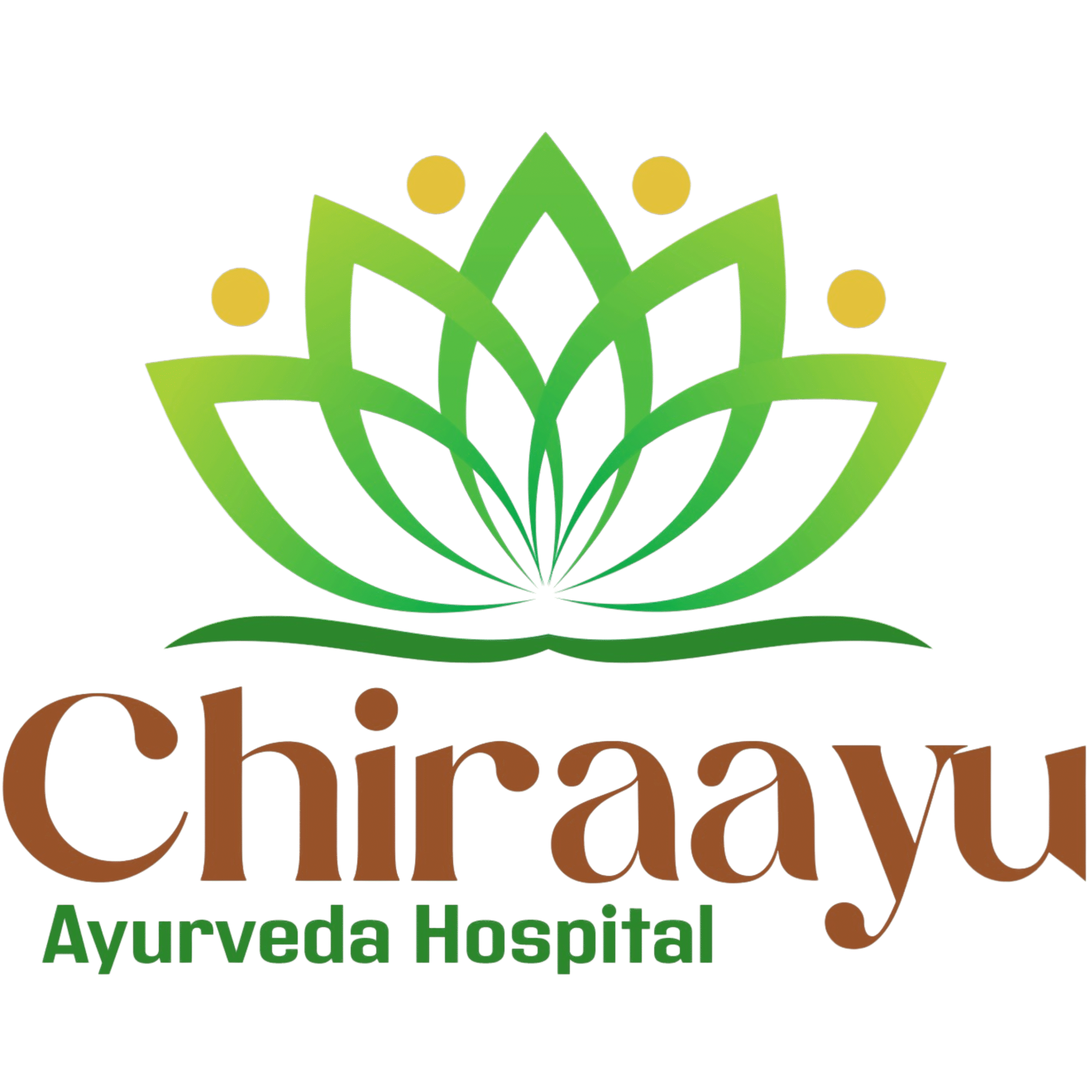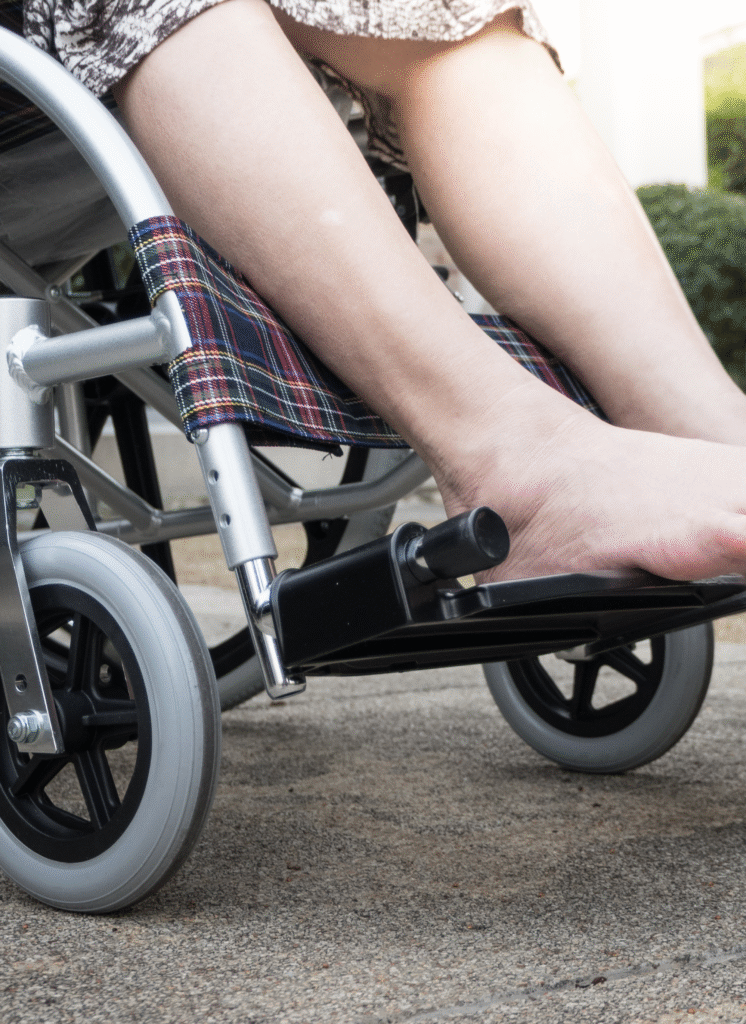Paralysis
Paralysis is the loss of muscle function in part of the body, typically caused by damage to the nervous system, especially the brain or spinal cord. It may affect one side (hemiplegia), both lower limbs (paraplegia), or all four limbs (quadriplegia), and can be either temporary or permanent.
Common causes include stroke, traumatic brain injury, spinal cord injury, brain tumors, multiple sclerosis, and Guillain-Barré syndrome. Symptoms may include loss of movement, numbness, muscle stiffness, loss of coordination, slurred speech, and difficulty in swallowing.
While modern medicine focuses on physiotherapy and rehabilitation, Ayurveda offers a holistic path to restore nerve function, circulation, and muscle activity naturally.
Chiraayu Ayurveda’s Approach to Paralysis
In Ayurveda, paralysis is classified under “Pakshaghat”, a disease caused primarily by an aggravation of the Vata dosha. When Vata becomes vitiated due to poor lifestyle, stress, injury, or age, it obstructs the Srotas (channels) and derails nerve conduction and muscular coordination.
At Chiraayu Ayurveda, our focus is on restoring Vata balance, revitalizing nerves, stimulating muscle tone, and rebuilding brain-body communication through time-tested therapies and herbs.
Treatment Methodology at Chiraayu
- Panchakarma therapies such as Abhyanga, Swedana, Basti, Nasya, and Shirodhara
- Pizhichil (oil bath therapy) and Njavarakizhi (medicated rice bolus massage) for muscular stimulation
- Herbal formulations like Ashwagandha, Rasna, Bala, Dashamoola, and Shilajit to support the nervous system
- Customized physiotherapy and yoga routines for mobility recovery
- Dietary support for nourishing Vata and rebuilding strength
Frequently Asked Questions
Can Ayurveda treat paralysis effectively?
Yes. Ayurveda can help restore movement, coordination, and nerve function, especially when treatment begins early and is continued consistently.
What causes paralysis in Ayurveda?
Paralysis is caused by aggravated Vata dosha leading to obstruction in the nerves, channels, and muscles. This results in the inability of the brain to communicate with certain body parts.
Which Panchakarma therapies are used?
Key therapies include Basti (medicated enema), Abhyanga (oil massage), Swedana (herbal steam), Nasya, and Shirodhara for deep nervous system nourishment.
Is paralysis due to stroke treatable with Ayurveda?
Yes. Post-stroke paralysis can be effectively managed, and in many cases, mobility and speech can be significantly improved with Ayurvedic therapies.
Can Ayurvedic treatment restore full movement?
Recovery depends on factors like the type of paralysis, cause, age, and how early the treatment begins. Many patients have reported marked improvements in strength, coordination, and movement.

